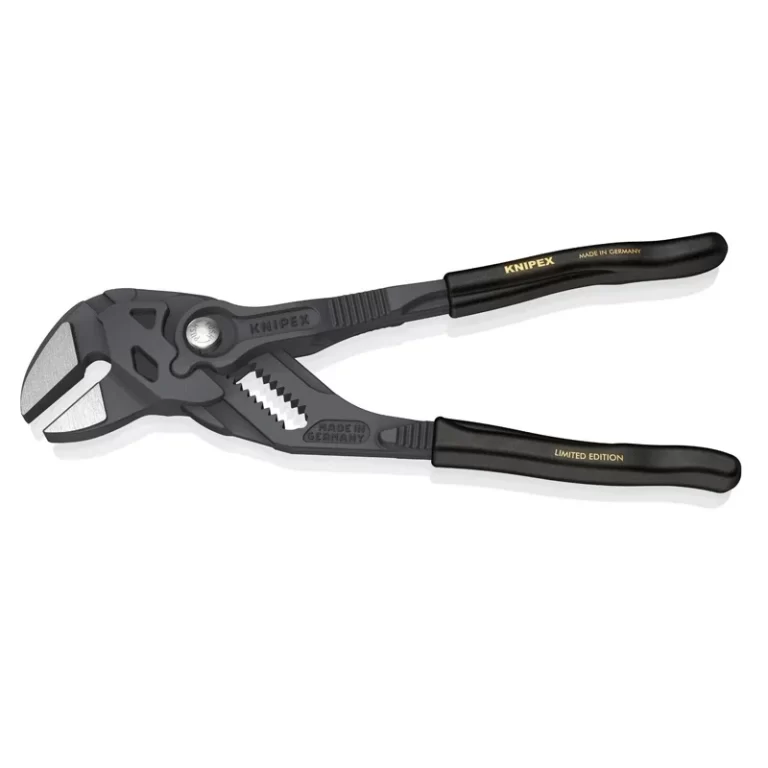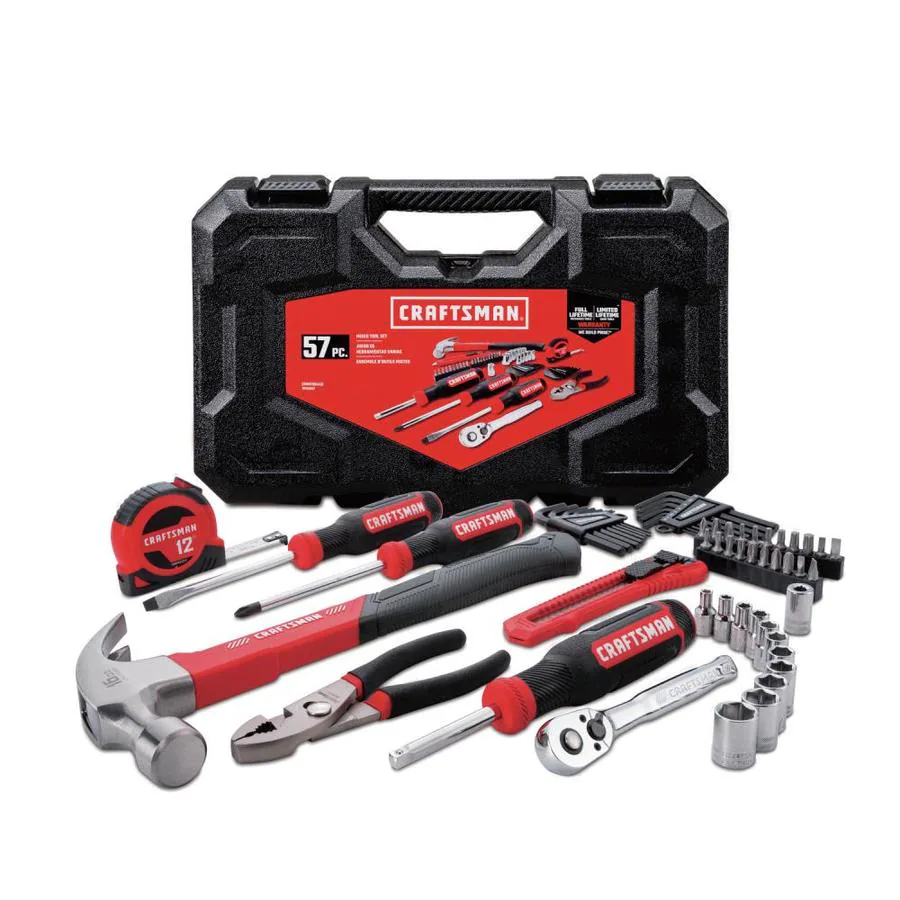
Craftsman Manufacturing: Where Are Craftsman Tools Made?
When you reach for a reliable tool, you likely consider brands known for quality and durability. One such brand is Craftsman, renowned for its extensive range of tools. But have you ever wondered, where are craftsman tools made? Understanding the manufacturing origins of Craftsman tools provides insight into their quality, craftsmanship, and the brand’s reputation. This article explores the history, current manufacturing locations, quality standards, and future prospects of Craftsman tools to give you a comprehensive answer to where are Craftsman tools made.
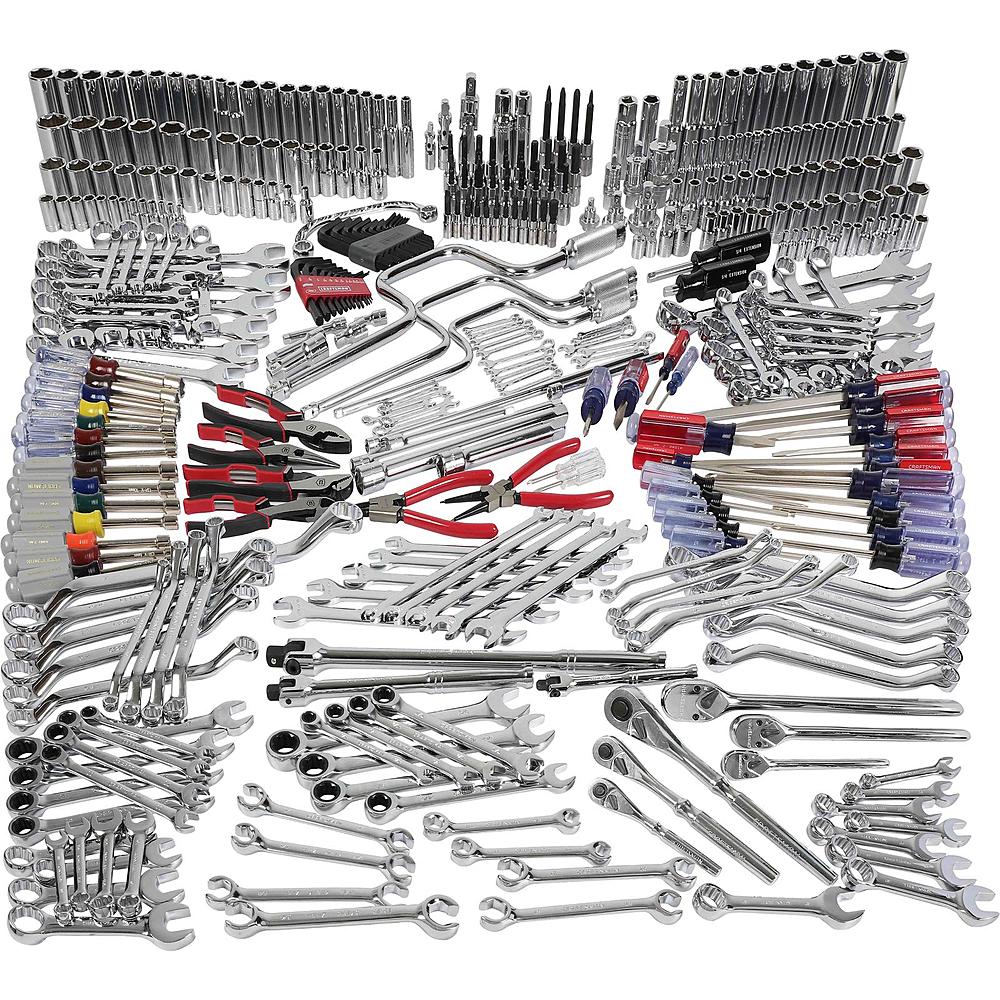 History of Craftsman Tools and Ownership Changes
History of Craftsman Tools and Ownership Changes
The Craftsman history is a rich story of American tradition and innovation. Originating as a Sears brand in 1927, Craftsman quickly became a household name for quality tools and equipment. Catering to a wide range of users, from DIY enthusiasts to industrial professionals, Craftsman established itself as a staple in the tool industry, built on reliability and trust.
Its ownership, however, has seen changes over the years. In 2017, Sears sold the Craftsman brand to Stanley Black & Decker, a move that stirred much speculation about the future of the tools’ production. This acquisition brought about questions regarding the commitment to domestic manufacturing and the brand’s traditional values.
Under Stanley Black & Decker’s stewardship, Craftsman continues to navigate the changing landscapes of tool production. Where the brand previously boasted largely American-made tools, shifts in the global economy have led to a more diverse mix of manufacturing origins. The brand still maintains a presence in the U.S., though many of its products are now sourced globally.
Customers loyal to the Craftsman brand have watched these changes closely. Some express concern over the loss of American-made tool options, while others remain supportive of the brand despite the shift. What remains clear is that Craftsman’s reputation for durability and performance is a cornerstone that both the company and its customers hope will endure regardless of where the tools are made.
The Reality of Craftsman’s Tool Manufacturing Locations
Craftsman tools have a long-standing reputation for quality and reliability. However, the brand’s manufacturing landscape has altered significantly over the years since its inception in 1927 as a Sears brand. With the transition in ownership to Stanley Black & Decker in 2017, the approach to where Craftsman tools are made also shifted.
The truth is, a substantial portion of Craftsman tools is now produced outside the United States. While some products, like certain hand tools, may still boast the ‘Made in USA’ label, the majority of their production takes place abroad. This international production relies heavily on third-party manufacturers from various countries.
Countries such as China and Taiwan have become pivotal in the assembly of many Craftsman hand tools. Additionally, a range of other manufacturers contribute to the Craftsman brand, producing everything from portable power tools to air compressors and even tool storage solutions.
Despite these changes, Craftsman often emphasizes any of their products that are assembled in the United States. It’s also essential to mention that even for these ‘assembled in USA’ products, the materials used are often sourced globally.
For consumers seeking clarity on the origin of their Craftsman tools, information can be sparse. Directly reaching out to the company or carefully inspecting product labeling remains the best method to determine where each tool is crafted. Craftsman’s promise of quality remains, but the global footprint of its production processes cannot be overlooked.
Craftsman’s Relationship with Third-Party Manufacturers
Craftsman tools’ production spans across the world. Making use of third-party manufacturers, Craftsman sources a variety of tools globally. These manufacturers are expertise in different tool categories. Power tools, hand tools, and garden equipment come from various producers. Brands like Techtronic Industries make portable power tools for Craftsman. Dewalt handles parts of the hand power tool lineup. For stationary bench tools, Emerson Electric Company steps in. Air compressors come from DeVilbiss Air Power.
Tool storage solutions bear the mark of Waterloo Industries. Even your garage door openers from Craftsman have ties with The Chamberlain Brand. This diverse manufacturing web ensures a wide product range. It also complicates the origin tracking of each Craftsman tool. One fact stands out though. Craftsman guarantees any USA-assembled products, albeit with global materials.
As a result, loyal customers encounter a mix in their tool origin. Ones seeking American tradition may have to look closely for USA-made tags. Sometimes, directly contacting Craftsman or scrutinizing labels is a must. In summary, Craftsman maintains relationships with various manufacturers globally. However, they do prioritize highlighting their American-assembled goods, despite the international sourcing of their materials.
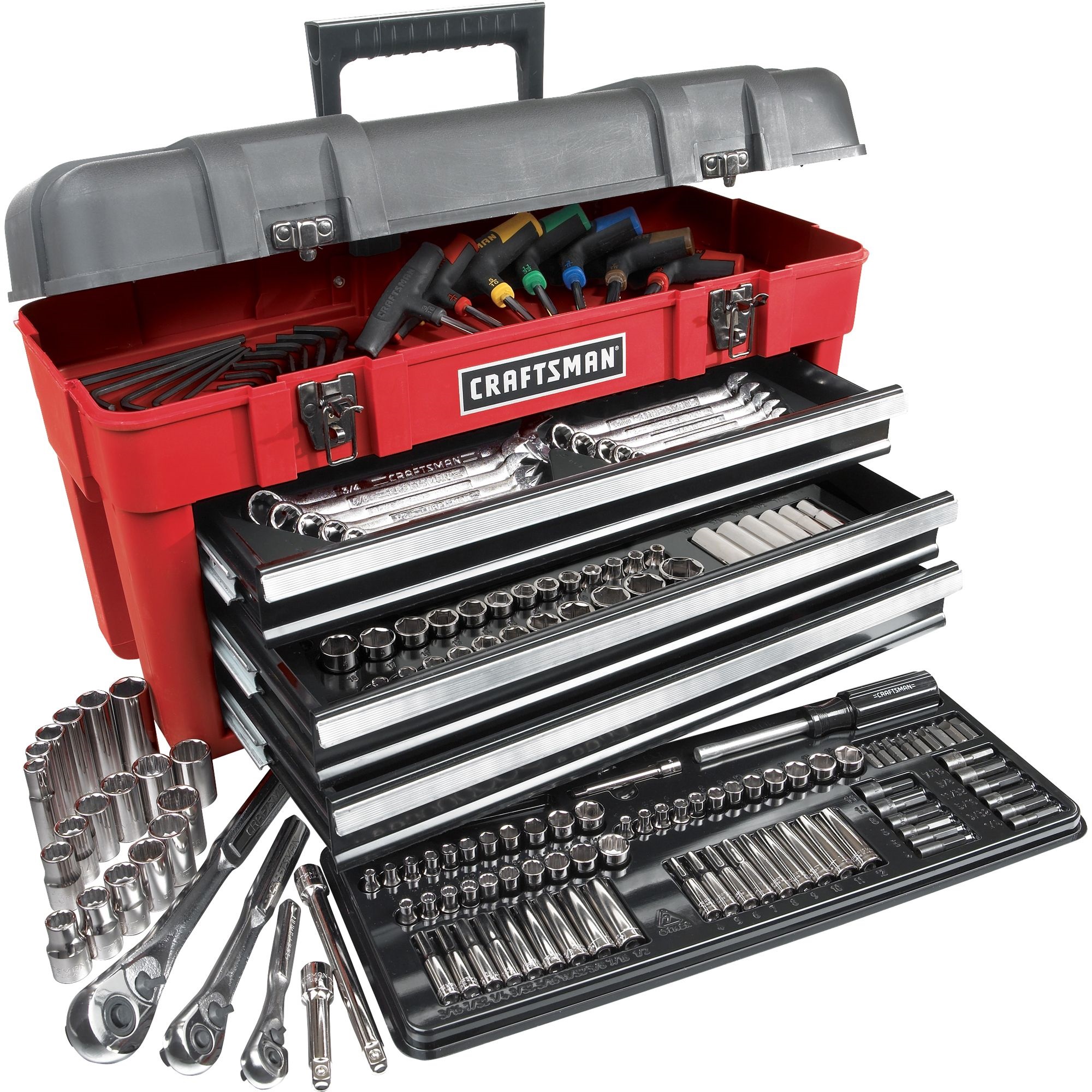 The Impact of Globalization on Craftsman Tool Production
The Impact of Globalization on Craftsman Tool Production
Globalization has greatly influenced Craftsman’s tool production, with diverse effects on the brand and its customers. Let’s explore the impact this global reach has had on the iconic tool manufacturer:
- Wider Access to Materials: Globalization allows Craftsman to source quality materials from around the world. This helps maintain the high standards Craftsman tools are known for.
- Cost-Effective Manufacturing: Outsourcing production to countries with lower manufacturing costs enables Craftsman to offer competitive pricing while still producing reliable tools.
- Challenges in Quality Control: With tools made across different countries, ensuring consistent quality can be complex. Dealing with many manufacturers, standards and quality protocols can vary.
- Economic Fluctuations: Changes in global economies impact Craftsman’s production costs and operations. Currency shifts and trade laws can affect prices and availability.
In conclusion, while globalization presents Craftsman with opportunities for growth and diversity in tool production, it also brings challenges. Customers value the quality associated with the Craftsman name, and balancing global manufacturing while upholding these standards is crucial for sustaining brand loyalty.
Identifying the Origin of Craftsman Products
Identifying where Craftsman tools are made can be tricky. Most Craftsman tools now come from outside the USA. Labels like ‘Made in USA’ are less common on Craftsman products. Customers must look closely to find the origin of each tool. Sometimes, this requires contacting Craftsman directly or examining product labels closely.
Many Craftsman tools are assembled in the USA. However, they often use global materials. The brand highlights these products as a nod to American craftsmanship. Still, the supply chain for these tools crosses borders.
Tools with ‘assembled in USA’ tags can mix global and domestic craftsmanship. Craftsman works with several third-party manufacturers around the world. This can lead to a blend in the origin of the tools. For the true origin of a Craftsman tool, checking the fine print is vital.
In short, while Craftsman continues to offer some American-assembled tools, the brand’s global reach is evident in its widespread manufacturing. Customers who value American tradition need to be diligent in sourcing their preferred tools from the range offered by Craftsman.
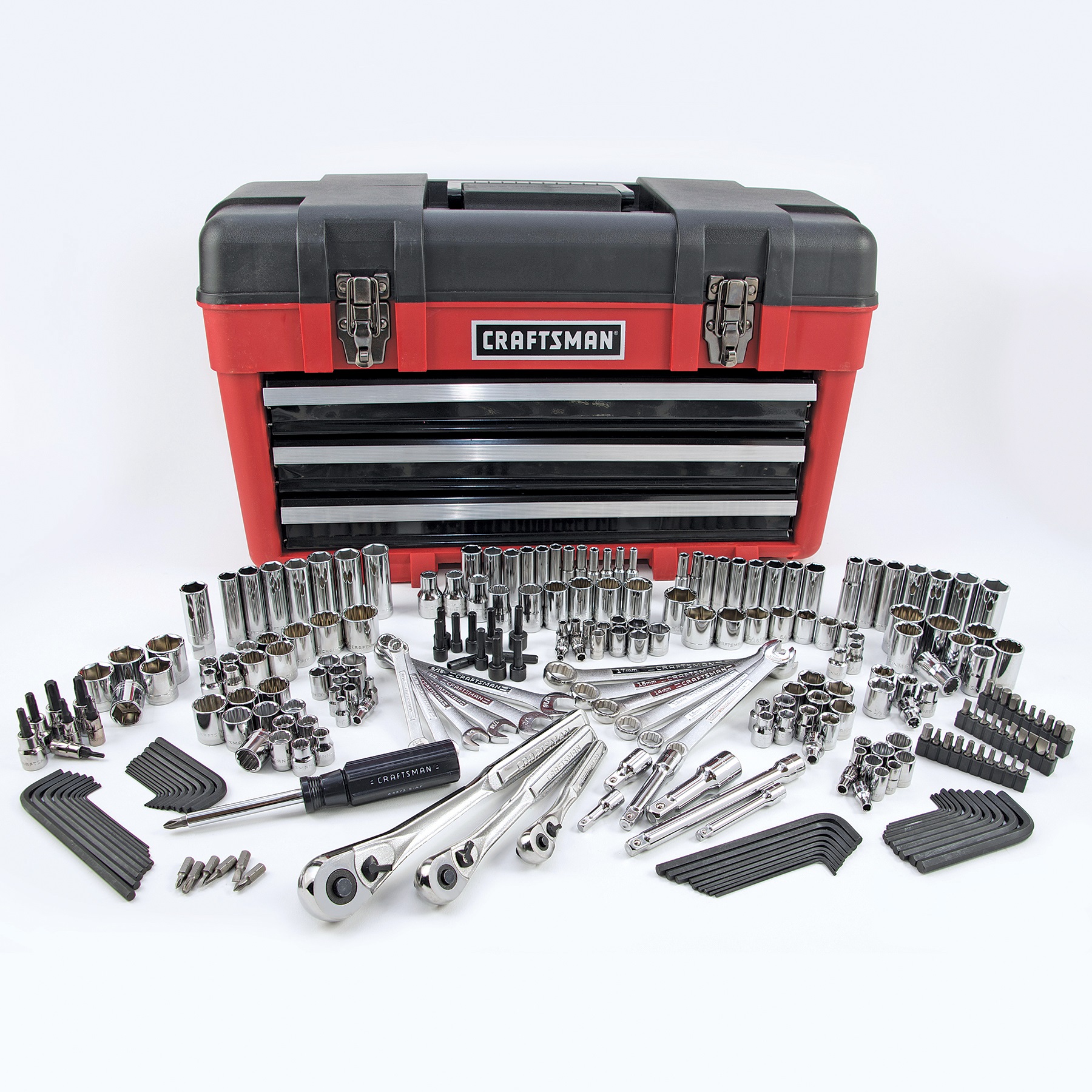 The Future of Craftsman Tools: Domestic versus Overseas Production
The Future of Craftsman Tools: Domestic versus Overseas Production
The future of Craftsman tool production remains a blend of domestic and overseas operations. Here’s what to consider about the evolving manufacturing strategy for Craftsman tools:
- Addressing Market Demands: As customers and markets change, Craftsman adapts. They must balance cost, quality, and production location.
- Domestic Manufacturing Possibilities: While some products are still made in the USA, the trend appears to lean towards more overseas production.
- Overseas Production Benefits: Crafting tools abroad can lower prices and increase variety. This approach meets diverse customer needs efficiently.
- American-made Pride: Craftsman knows that made in the USA matters to many. They highlight these products despite the global materials used.
- Strategic Partnerships: Overseas manufacturers bring expertise and innovation. Craftsman selects partners that align with their quality standards.
- Consideration for Tradition: Many hope Craftsman will keep some production domestic. Fans of the brand value its American heritage.
- Keeping Quality Consistent: Wherever Craftsman tools are made, keeping their renowned quality is key. Craftsman aims to ensure their tools perform well, no matter their origin.
- Future Plans: Craftsman may increase USA production if it makes business sense. However, global manufacturing likely won’t go away.
In conclusion, the future of Craftsman tool production is a balancing act. While the company may strive to increase its domestic manufacturing, the realities of global production and competition can’t be ignored. The brand’s challenge is to maintain its reputation for quality across all manufacturing locations.
Customer Perception and Brand Loyalty in Light of Manufacturing Practices
Craftsman’s customer base values the brand’s history of quality and American manufacturing. With the shift toward more global production, reactions have been mixed. Some customers stick with Craftsman due to long-standing trust in the brand’s performance. Others have concerns about the shift from American-made tools.
Loyalists of Craftsman often seek out USA-made tools as a mark of quality and tradition. The brand’s move to global manufacturing has challenged this preference. For some, the ‘Made in USA’ label carries emotional and practical significance.
Despite global production, Craftsman’s commitment to quality remains critical for many customers. The challenge lies in maintaining this reputation across all manufacturing locations. Whether the tools are made in the USA or overseas, consistent quality is paramount for brand loyalty.
Customers’ decision to buy Craftsman tools may involve balancing cost with a preference for American-made products. Price and availability often influence the choice to support a brand with global manufacturing roots.
Ultimately, Craftsman’s ability to uphold its standards while embracing global manufacturing will shape customer perception and loyalty. The brand must navigate customer expectations while adapting to the global market.
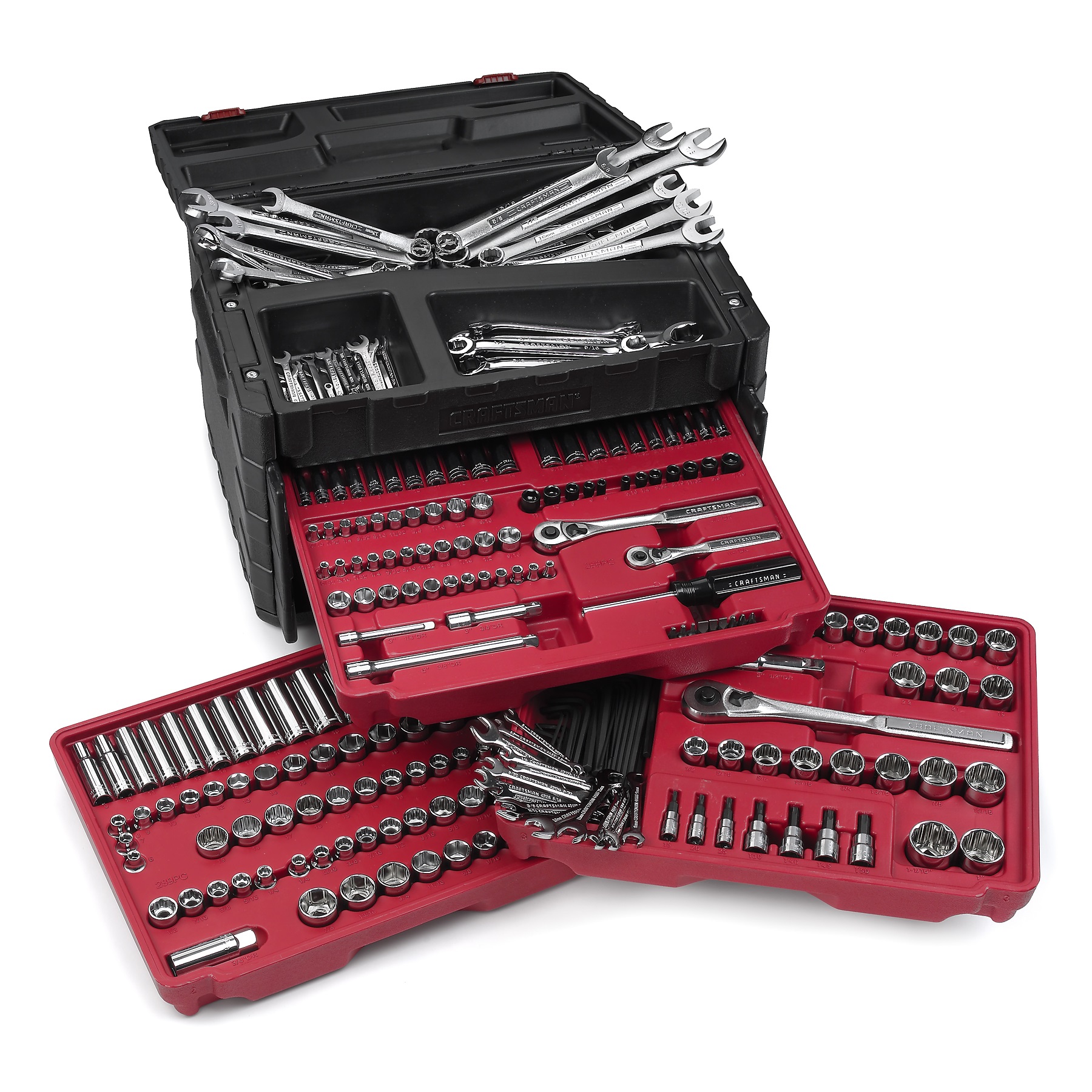 The Role of American Tradition in Craftsman’s Brand Identity
The Role of American Tradition in Craftsman’s Brand Identity
The American tradition forms the core of Craftsman’s brand identity. Esteemed for crafting tools within the USA, Craftsman’s name evokes a sense of pride in national craftsmanship. Although many Craftsman tools now emerge from global manufacturing hubs, the brand’s American legacy endures. This heritage shapes customer expectations and remains integral to the brand’s image.
For many consumers, the tag ‘Made in USA’ is not just a mark of quality, but also an ethos. It represents a commitment to American workers and industry. Despite the practical realities of today’s global market, this sentiment continues to influence buying decisions. Craftsman’s challenge is to balance its storied American tradition with the economic advantages of overseas production, ensuring quality does not suffer.
The brand’s commitment to American tradition is evident in how it markets its domestically assembled tools. These efforts indicate that Craftsman values its homegrown roots. Amid shifting production practices, this nod to American craftsmanship is crucial. It plays a significant role in upholding the trust and loyalty of Craftsman’s customer base.
In conclusion, while the manufacturing of Craftsman tools has global ties, its brand identity remains firmly rooted in American tradition. Maintaining this connection is key to retaining the trust and loyalty of long-time Craftsman customers, who cherish the storied history and intrinsic value associated with American-made tools.
Frequently Asked Questions
Where Are Craftsman Tools Made Today?
Where are craftsman tools made? Craftsman tools are manufactured in various countries, including the United States, China, Germany, and Mexico. This diverse manufacturing presence ensures a balance between quality and cost-efficiency.
Does the Manufacturing Location Affect the Quality of Craftsman Tools?
Yes, the manufacturing location can influence the quality of Craftsman tools. However, Craftsman maintains strict quality control measures across all production sites to ensure consistent quality, regardless of where the tools are made.
Can I Trust the Quality of Craftsman Tools Made Overseas?
Absolutely. Craftsman employs rigorous quality standards and advanced manufacturing processes in all its overseas facilities, ensuring that tools made outside the USA meet the brand’s high-quality expectations.
Why Does Craftsman Manufacture Tools in Multiple Countries?
Manufacturing in multiple countries allows Craftsman to optimize production costs, access specialized technologies, and efficiently meet global demand while maintaining quality standards.
How Does Craftsman Ensure Consistent Quality Across Different Manufacturing Sites?
Craftsman implements strict quality control protocols, comprehensive training for workers, and advanced manufacturing technologies to ensure consistent quality across all its manufacturing locations.
 Conclusion
Conclusion
In answering the question where are Craftsman tools made, we uncover a network of strategic manufacturing locations that uphold the brand’s legacy of quality and reliability. From their origins in the United States to advanced facilities in China and Germany, Craftsman ensures that every tool meets stringent standards. This comprehensive approach to manufacturing not only preserves the brand’s reputation but also adapts to modern demands and technological advancements. By understanding the diverse manufacturing landscape of Craftsman tools, consumers can better appreciate the quality and craftsmanship that go into every product. Whether you’re a professional tradesperson or a DIY enthusiast, knowing where are Craftsman tools made reinforces your confidence in choosing tools that stand the test of time.
